Introducing the RP ANSI Process Pump Range
Jun. 17, 2024
Introducing the RP ANSI Process Pump Range
Introducing the RP ANSI Process Pump Range
Since , committees in the United States have worked on the development of centrifugal pump standards to meet the needs of the chemical industry.
First, let's define ANSI pumps:
ANSI pumps are centrifugal process pumps that meet the standards of the American National Standards Institute (ANSI). By definition, these chemical pumps are horizontal, end suction single stage, centerline discharge, centrifugal pumps comparable in size and dimensions regardless of pump manufacturer. These pumps are required to meet the ANSI / ASME B73.1 standard of the American Society of Mechanical Engineers (ASME).
What does the ANSI / ASME B73.1 standard says?
The ANSI B73.1 standard was first published in . Since then, the committee has continued to be active and has defined the standards for 27 pump sizes through several revisions.
It is the specification for horizontal, end suction, single stage centrifugal pumps for chemical process applications, and covers metallic centrifugal pump designs. The ASME B73.1 standard states the dimensional interchangeability requirements, configuration and design features to pump manufacturers in order to facilitate the installation, as well as to enhance reliability and safety of the pump unit.
Additionally, these standards set the guidelines and recommended practices related to the maintenance of these process pumps. The main focus of this standard is that all ANSI pumps manufacturers offer interchangeable equipment with respect to mounting dimensions, size and location of suction, and discharge nozzles, input shafts, baseplates, and foundation bolt holes.
It is important to mention that alternate designs are considered by the standard, provided they meet its intent and cover construction and performance specifications in equivalence with those specified.
Applications of ANSI pumps
Even though ANSI chemical pumps they are mostly used in the chemical and petrochemical industries, they can also be found in paper stock, ethanol production, pharmaceutical, food processing and several other process plants. They are most often used to pump thin fluids such as water, alcohols, and other less aggressive fluids. Depending on the impeller type, they can even pump fluids with solids. Moreover, with the right material selection, they can transfer highly corrosive and aggressive liquids.
Benefits of ANSI pumps
ANSI pumps offer plant operators the possibility to switch pumps and brands without having to change or redesign motor attachment, piping, coupling or baseplate dimensions. Other benefits include:
- Dimensional interchangeability across manufacturers and brands
- ANSI pumps and parts are readily available
- Less expensive than API pumps
- Can pump fluids with solids in suspension with the right impeller
Ruhrpumpen ANSI B73.1 Process Pumps
CPO Process Pump
Its open impeller design allows handling of solids in suspension for chemical applications as per ANSI B73.1 standard.
Learn more
CPP Process Pump
Designed to exceed the ANSI B73.1 specification, its basic hydraulic and mechanical concept incorporates an enclosed impeller.
Learn more
ANSI vs API pumps
Casing design ratings:
ANSI Pump Rating = 300 psig at 300 °F
Recommended article:What is high-frequency induction heating used for?
Exploring High Power Laser Cutting Machine: What's Trending?
Buying a Bulldozer – 4 Tips & Things to Know
The application of EPS shape molding machines
5 Fast Facts About Plasma Arc Welding
PDC vs Diamond Bit: Unveiling the Battle of Drilling Technologies
How to Choose the Right Handheld Inkjet Printer: Features and Considerations
If you are looking for more details, kindly visit SUNBO PUMP.
API Pump Rating = 750 psig at 500 °F
Now that we explained ANSI pumps, let's talk about the differences with API pumps.
API pumps follow the standard established by the American Petroleum Institute (API) and have become the pumps of choice for aggressive oil refinery processes. They operate in heavy-duty, high pressure, and high temperature applications.
Unlike the ANSI standards, which are dimensional, API 610 centers in the design, construction and performance of process pumps used for the transfer of high-temperature liquids in the oil and gas industry.
ANSI pumps do not incorporate many of the design and construction features specifically mandated for the tough conditions that API pumps encounter. However, they offer more flexibility and reliable operation across a range of applications with a lower cost, thus becoming the pump of choice for chemical processing.
API and ANSI pumps are two different styles of process pumps. It is important to recognize your application need so you choose the best fit.
Both pump styles are single stage centrifugal pumps with a radially split casing. Their designs accommodate a back pull-out arrangement for ease of maintenance and mostly employ a single volute design in the interior passages of the casing. However, larger API pumps are engineered with a double volute design to reduce thrust loads.
Pump casings in ANSI and API pumps differentiate in the manner the back cover is secured to the casing. Another major difference between these process pump styles is the configuration of the mounting feet. All ANSI pumps are feet-mounted, while API pumps are mounted at the horizontal centerline of the casing.
Fig. Typical ANSI Pump
Fig. Typical API Pump
Remember to keep in mind these factors when selecting your pump. Only the correct pump will provide a profitable and reliable operation.
When selecting your pump, you must take into account the specific operating conditions and properties of the pumped fluid' Do you need assistance choosing an ANSI or API pump? Talk to one of our experienced engineers first. Contact us! We will be happy to answer any questions you may have.
ANSI Pump Quiz Answers
Below are the questions with the correct answer only. If you missed the issue, take this quiz here.
1. The modern version of the ANSI B73.1 specification has its roots in the AVS (American Voluntary Standards) from the s. A) True 2. Flanges: Bolt holes may be drilled and tapped when there is inadequate space for nuts behind the flange. A) True 3. When a heating jacket is used the steam inlet shall be: A) On the top and the drain on the bottom 4. Impellers shall be balanced to this standard at a minimum: B) ISO -1 Grade 6.3 5. If the method of impeller attachment is threaded, the pump rotation shall have the shaft (design) function to tighten the impeller: A) True 6. The casing drain connection shall be drilled and tapped only when specified by the purchaser. Otherwise, there will be no drain penetration. Further, the manufacturer shall always provide a casting 'boss' at the lowest point on the casing to accommodate at a minimum a ½ in NPT penetration when specified. A) True 7. Pump operating clearances shall be adequate to prevent internal rubbing when the pump is subjected to the maximum allowable flange loads (pipe strain) when operating in the allowable operating region (AOR). A) True 8. Pump shaft 'runout' on new pumps shall be no more than 0.001 inches when measuring the shaft on centers, and 0.002 inches when the shaft is installed in the pump. A) True 9. Bearing life (L10) shall be a minimum 37,500 hours if the pump is operated in the allowable operating range. B) False The correct answer is 17,500 hours. 10. Standard lubrication design for the bearing frame is set for: D) Oil bath All other answers are optional. 11. The bearing frame shall include a drain plug that is: D) Magnetic 12. The bearing frame when set up for oil bath lubrication shall have: D) All of the above are true. 13. Gland bolt stud and nut materials can be made from grade B7 and 2H carbon steel. B) False 14. The minimum casing corrosion allowance is: D) 0.120 inches 15. The direction of rotation when viewed from the driver perspective shall always be: A) Clockwise 16. A lifting eye is to be provided on the motor and shall be capable of lifting the entire weight of the motor, baseplate and pump. B) False 17. The bearing frame adaptor shall: A) Be designed to resist any amount of torque that the shaft design can handle 18. When testing the pump for noise: D) Answers A and B above 19. Vibration limits for the pump as measured on the bearing frame must meet ANSI /HI 9.6.4 limits no matter where the pump is operated on the curve. B) False 20. The pump allowable operating range (AOR): F) Answers C and D above 21. With the pump operating in the AOR: A) There is no consideration for minimum thermal flow considerations 22. Pursuant to the ANSI specification B73.1, it is perfectly acceptable for any portion of the motor to hang over the base plate on the sides and back (non-coupling end) by any amount. B) False 23. There are circumstances where the NPSHR for the pump may be less than the NPSH3. A) True In these situations, it must be agreed to by the purchaser and the supplier. 24. Published performance curves shall be based on tests conducted in accordance with ANSI/HI 14.6. A) The accuracy of the curves shall be that 90 percent of pumps purchased untested when operated between minimum flow and BEP will meet published head points within plus or minus 5 percent and efficiency within plus zero percent and minus 5 percent. 25. When NPSHR tests are required and conducted: E) Unless otherwise agreed to by the purchaser and supplier, the test shall be a type II test, which is solely for determination of NPSH3 at the rated flow point only. Bonus Question For metallic pumps. All casings, seal chambers (stuffing boxes) and jackets MUST be hydrostatically tested: (This test should be a witnessed and documented test.) D) For 10 minutes at 150 percent of the maximum design pressure for that material rating at 100 F (38 C).Reference document: ASME /ANSI B73.1 () , Specification for Horizontal End Suction Centrifugal Pumps for Chemical Process.
1. The modern version of the ANSI B73.1 specification has its roots in the AVS (American Voluntary Standards) from the s.2. Flanges: Bolt holes may be drilled and tapped when there is inadequate space for nuts behind the flange.3. When a heating jacket is used the steam inlet shall be:4. Impellers shall be balanced to this standard at a minimum:5. If the method of impeller attachment is threaded, the pump rotation shall have the shaft (design) function to tighten the impeller:6. The casing drain connection shall be drilled and tapped only when specified by the purchaser. Otherwise, there will be no drain penetration. Further, the manufacturer shall always provide a casting 'boss' at the lowest point on the casing to accommodate at a minimum a ½ in NPT penetration when specified.7. Pump operating clearances shall be adequate to prevent internal rubbing when the pump is subjected to the maximum allowable flange loads (pipe strain) when operating in the allowable operating region (AOR).8. Pump shaft 'runout' on new pumps shall be no more than 0.001 inches when measuring the shaft on centers, and 0.002 inches when the shaft is installed in the pump.9. Bearing life (L10) shall be a minimum 37,500 hours if the pump is operated in the allowable operating range.The correct answer is 17,500 hours. 10. Standard lubrication design for the bearing frame is set for:All other answers are optional. 11. The bearing frame shall include a drain plug that is:12. The bearing frame when set up for oil bath lubrication shall have:13. Gland bolt stud and nut materials can be made from grade B7 and 2H carbon steel.14. The minimum casing corrosion allowance is:15. The direction of rotation when viewed from the driver perspective shall always be:16. A lifting eye is to be provided on the motor and shall be capable of lifting the entire weight of the motor, baseplate and pump.17. The bearing frame adaptor shall:18. When testing the pump for noise:19. Vibration limits for the pump as measured on the bearing frame must meet ANSI /HI 9.6.4 limits no matter where the pump is operated on the curve.20. The pump allowable operating range (AOR):21. With the pump operating in the AOR:22. Pursuant to the ANSI specification B73.1, it is perfectly acceptable for any portion of the motor to hang over the base plate on the sides and back (non-coupling end) by any amount.23. There are circumstances where the NPSHR for the pump may be less than the NPSH3.In these situations, it must be agreed to by the purchaser and the supplier. 24. Published performance curves shall be based on tests conducted in accordance with ANSI/HI 14.6.25. When NPSHR tests are required and conducted:Bonus Question For metallic pumps. All casings, seal chambers (stuffing boxes) and jackets MUST be hydrostatically tested: (This test should be a witnessed and documented test.)
If you are looking for more details, kindly visit ASME 73.1 Pump Part.
Pre Stretch Wrapping Machine Buying Guide: Key Considerations for Your Business
Is the chair lift ropeway safe?
How do I choose a coil spring for my car?
Advantages of robotic soldering machines: release precision and efficiency
What is an automatic screw machine and how does it work?
Choosing the Right DC Inverter Heat Pump: Factors to Consider
What to Consider When Purchasing a Compressor?
223
0
0
Related Articles


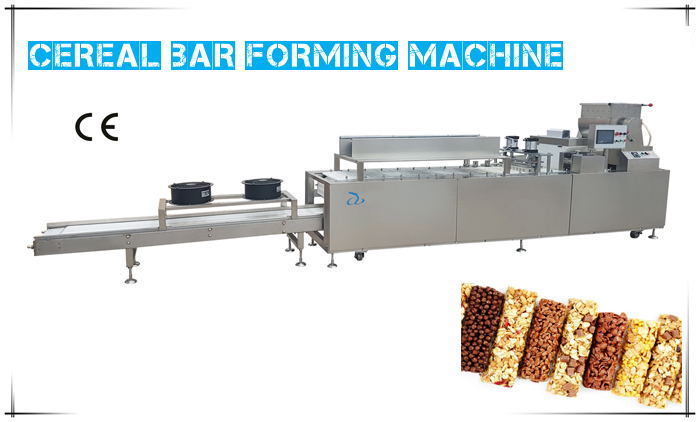
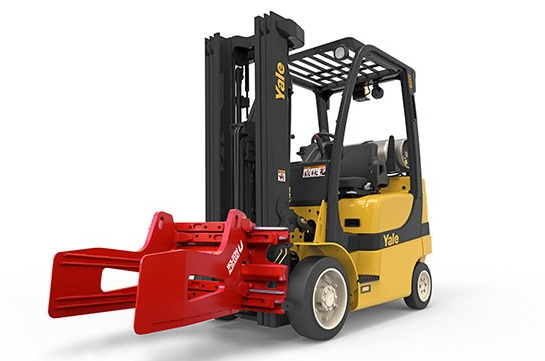
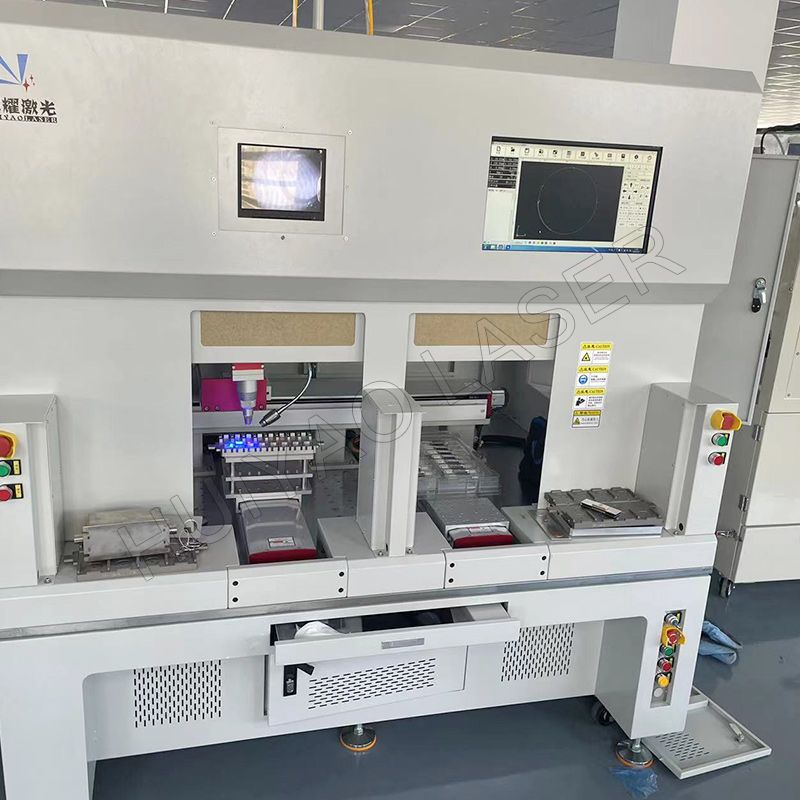
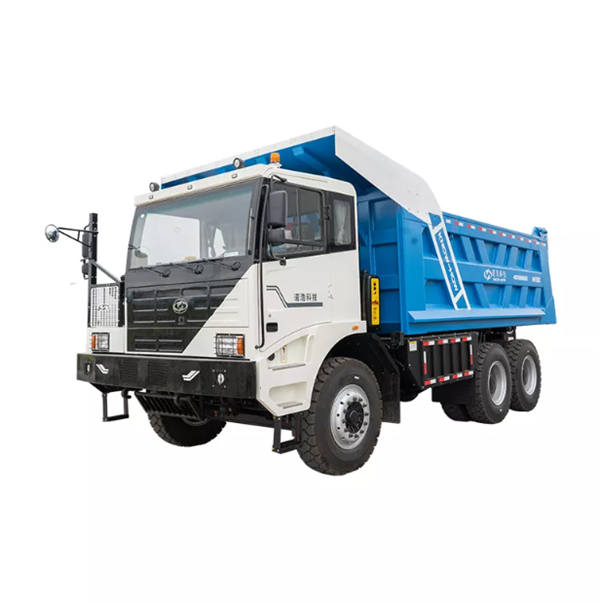

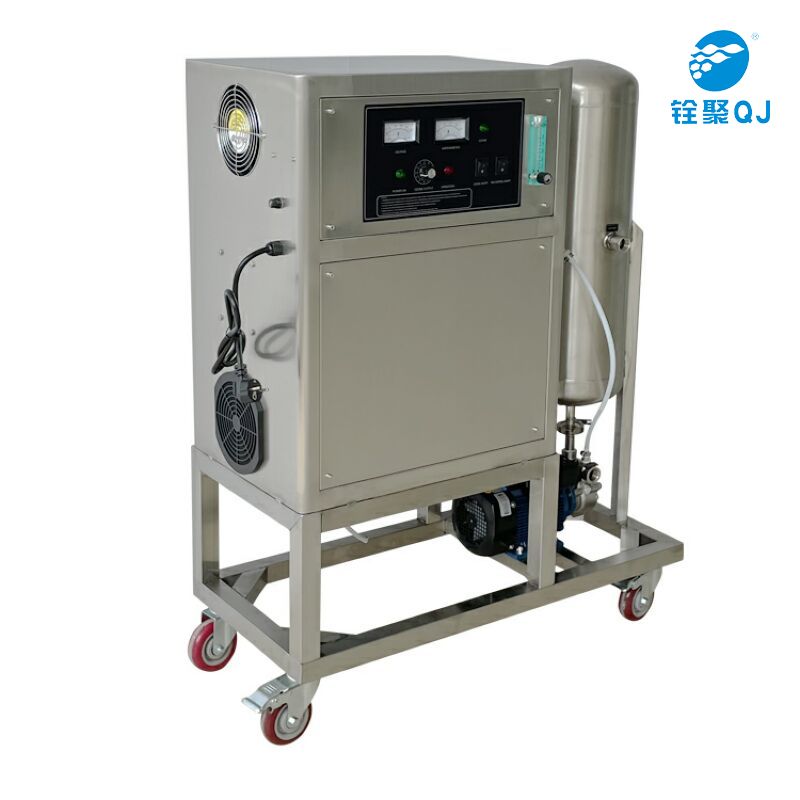

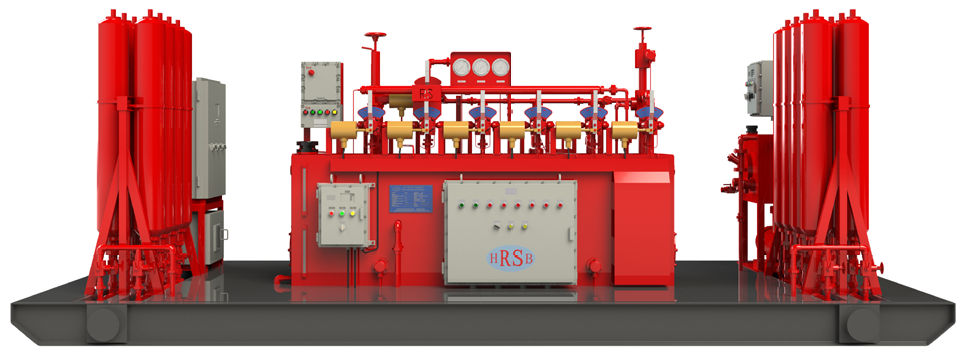
Comments
All Comments (0)